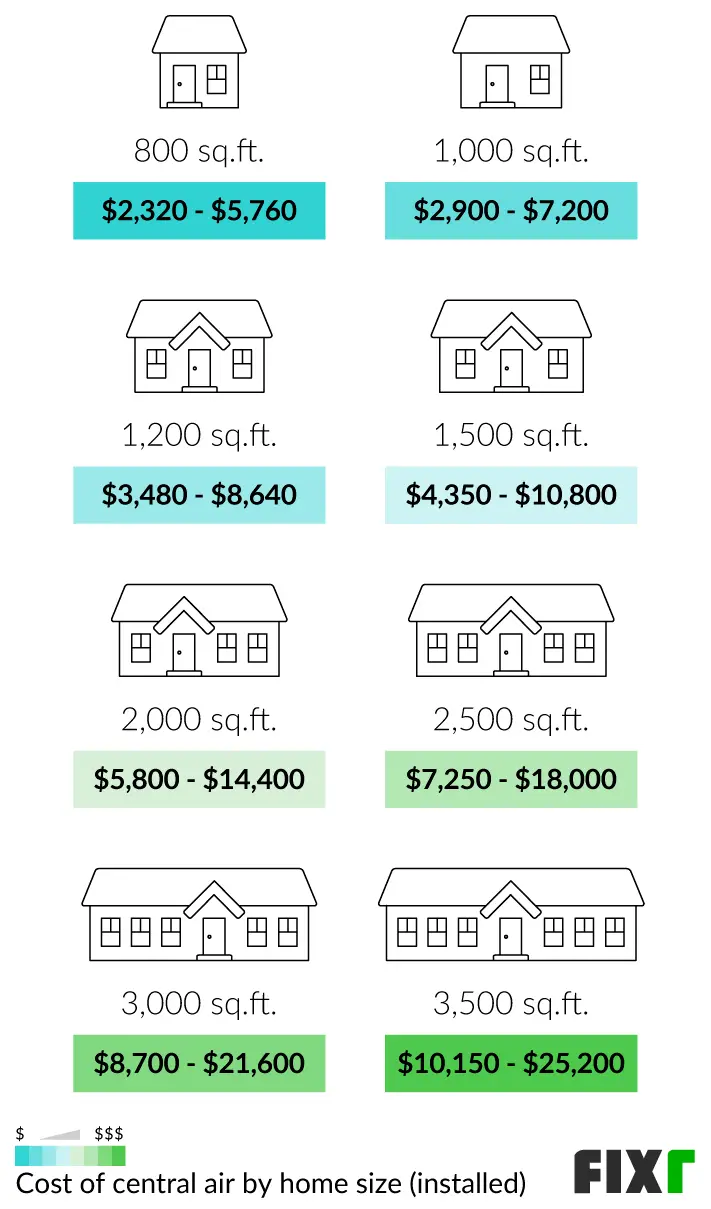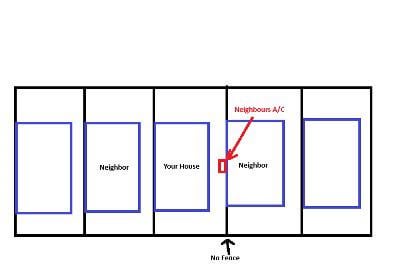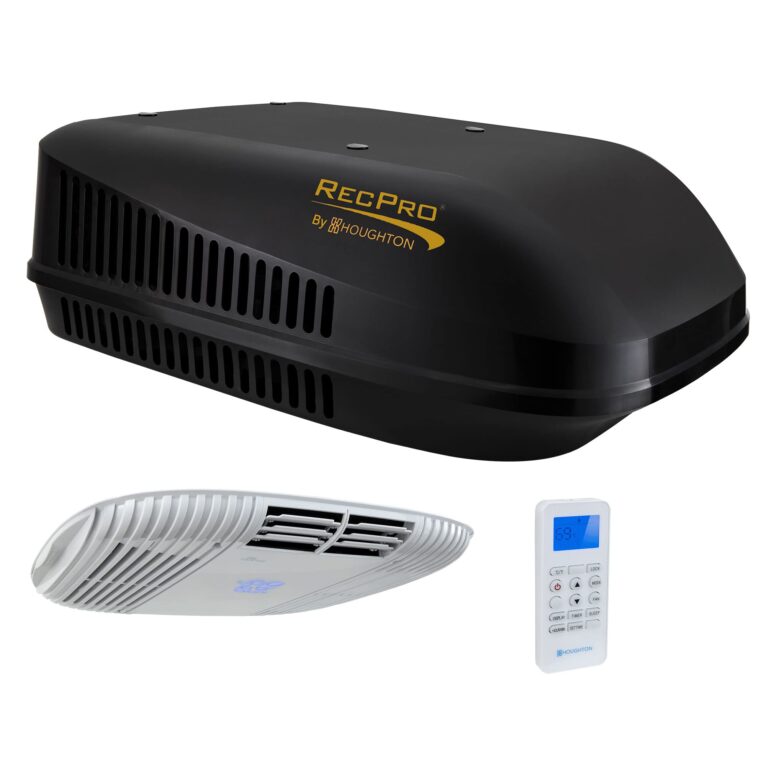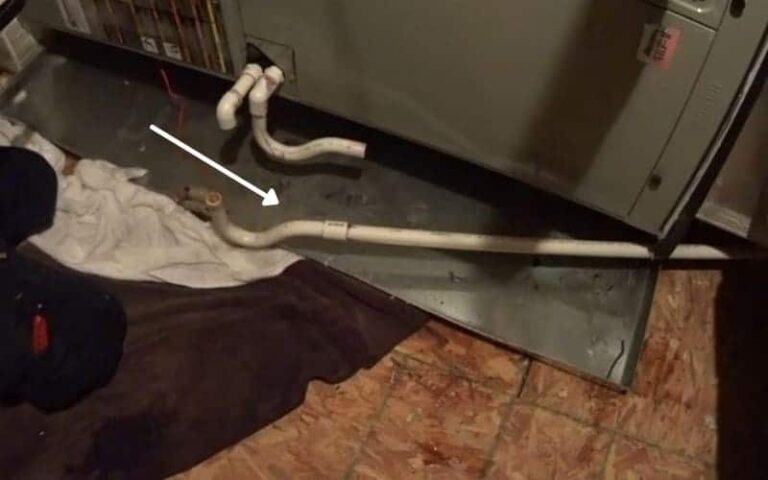Can A Mini Split Be Installed In A Basement: Expert Tips
Yes, a mini split can be installed in a basement. It provides efficient heating and cooling for the space.
Basements often suffer from poor temperature regulation, making them uncomfortable for extended use. Installing a mini split system can effectively address this issue. These systems are energy-efficient, easy to install, and provide both heating and cooling options. They do not require extensive ductwork, which makes them ideal for basement spaces.
A mini split system can improve air quality by reducing humidity levels, preventing mold growth. With precise temperature control, basements become more functional and comfortable year-round. This solution is perfect for homeowners looking to maximize the usability of their basement space.

Credit: www.reddit.com
Benefits Of Mini Splits In Basements
Installing a mini split in your basement can offer numerous advantages. These systems provide efficient heating and cooling solutions, making your basement more comfortable and functional. Let’s explore the key benefits of mini splits in basements.
Energy Efficiency
Mini splits are known for their energy efficiency. These systems use inverter technology. They adjust power to maintain the desired temperature. This means they consume less energy compared to traditional HVAC systems.
Mini splits have a higher SEER rating. SEER stands for Seasonal Energy Efficiency Ratio. Higher SEER ratings indicate better energy efficiency. This translates to lower energy bills.
| System Type | Average SEER Rating |
|---|---|
| Mini Split | 18-30 |
| Traditional HVAC | 13-16 |
Zoning Capabilities
Mini splits offer excellent zoning capabilities. You can control the temperature in different zones independently. This means you can set different temperatures for different areas of your basement.
With zoning, you only heat or cool the areas you are using. This results in further energy savings. It also enhances comfort levels as each zone can be adjusted to suit individual preferences.
- Independent temperature control
- Enhanced comfort
- Energy savings
Using a mini split in your basement makes it more comfortable and efficient. These systems are easy to install and maintain. They provide both heating and cooling, making them versatile and convenient.
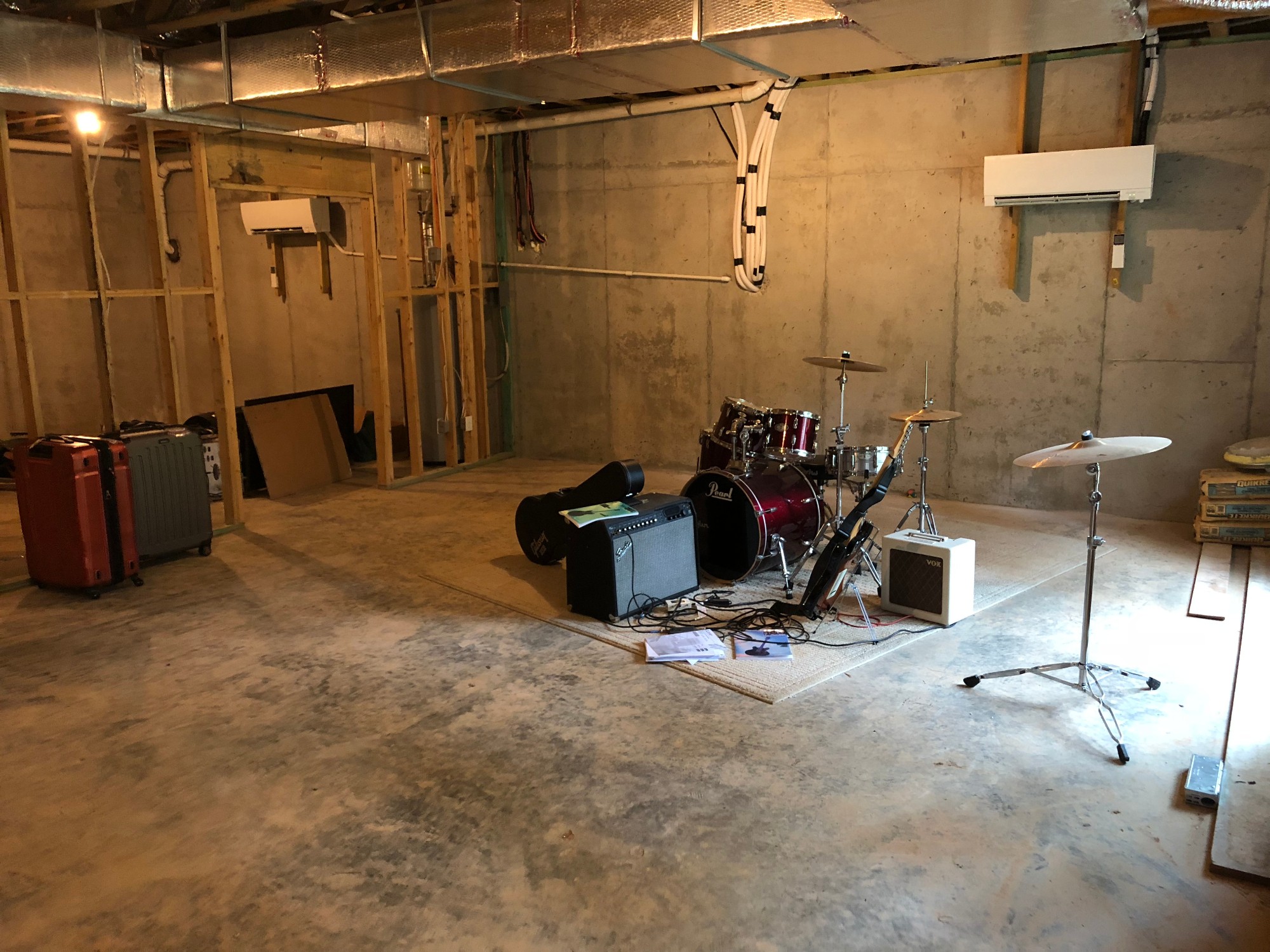
Credit: www.microcapacitacion.com.ar
Choosing The Right Mini Split
Choosing the right mini split for a basement can be a game changer. The correct unit ensures comfort and efficiency. This section will guide you on selecting the best option.
Capacity Considerations
Capacity matters when installing a mini split in your basement. The unit’s capacity must match the basement’s size. A unit that’s too powerful or too weak won’t work efficiently.
- Calculate the square footage of the basement.
- Consider the height of the ceiling.
- Think about insulation quality.
Use the calculated data to choose the right capacity. Most mini splits have a capacity range in BTUs. Typically, basements need less capacity than above-ground rooms. Always check the manufacturer’s guidelines.
Brand Recommendations
Choosing a reliable brand is crucial. Well-known brands often offer better warranties and customer support. Here are some top recommendations:
| Brand | Key Features |
|---|---|
| Mitsubishi Electric | High efficiency, quiet operation, smart controls |
| Daikin | Energy-saving, reliable performance, comprehensive warranty |
| LG | Advanced filtration, sleek design, Wi-Fi enabled |
| Fujitsu | Strong airflow, durable build, easy installation |
These brands are trusted and have good reviews. They offer models suitable for basements. Check out the features and decide based on your needs.
Installation Requirements
Installing a mini split in a basement requires careful planning. This ensures optimal performance and safety. Understanding the specific requirements is crucial. Let’s dive into the key aspects you need to consider.
Space Assessment
Before installing a mini split, assess the basement space. Measure the area to determine the right unit size. Units that are too large or too small are inefficient. Proper sizing ensures energy efficiency and comfort.
Consider the following factors:
- Room dimensions
- Ceiling height
- Presence of windows and doors
- Placement of furniture
Proper placement of the indoor unit is essential. Ensure there is enough clearance around the unit. This allows for adequate airflow and easy maintenance.
Power Supply Needs
A mini split system requires a dedicated power supply. This ensures the unit operates efficiently and safely. Check your home’s electrical system to determine compatibility.
Consider the following:
- Voltage requirements
- Amperage needs
- Availability of a dedicated circuit
Consult a licensed electrician for a professional assessment. Ensure all electrical connections adhere to local codes and standards.
Installing a mini split in a basement can enhance comfort. Follow these requirements for a smooth installation process.
Placement Of Indoor Units
Finding the right spot for your mini-split indoor unit is crucial. Placement affects both performance and energy efficiency. Basements can be tricky due to their unique layouts and potential moisture issues. Let’s explore the best options.
Wall Mount Options
Wall-mounted units are popular for their flexibility and ease of installation. They should be placed high on the wall for optimal air circulation. Avoid placing them near windows or doors to minimize temperature fluctuations.
- High Wall Placement: Ensures better air distribution.
- Avoid Obstacles: Keep away from furniture and other blockages.
- Distance from Floor: Maintain at least 7 feet from the floor.
Ceiling Mount Options
Ceiling-mounted units work well in basements with low ceilings. They distribute air evenly across the room. These units can be recessed into the ceiling for a cleaner look.
- Even Air Distribution: Covers more area efficiently.
- Space-Saving: Ideal for rooms with less wall space.
- Recessed Installation: Offers a sleek, modern appearance.
| Placement Type | Advantages | Considerations |
|---|---|---|
| Wall Mount | Easy to Install | Needs High Placement |
| Ceiling Mount | Even Air Distribution | Requires Ceiling Space |
Outdoor Unit Considerations
When installing a mini split in a basement, the outdoor unit plays a crucial role. The outdoor unit affects the system’s efficiency and longevity. Let’s explore key considerations for the outdoor unit placement.
Location Selection
Choosing the right location for the outdoor unit is essential. The unit should be placed in an open area. Ensure it has good airflow around it. Avoid placing it near bushes or walls. This can block the airflow and reduce efficiency. Also, keep it away from direct sunlight. Excessive heat can cause the unit to overwork.
Vibration And Noise Control
Vibration and noise can be problematic for the outdoor unit. Use rubber pads or mounts under the unit. These can reduce vibration and noise. Place the unit on a solid, level surface. A concrete pad is a good option. This helps keep the unit stable and quiet.
| Consideration | Best Practice |
|---|---|
| Location | Open area with good airflow, away from sunlight |
| Vibration | Use rubber mounts, place on a solid surface |
| Noise | Install on a concrete pad to reduce noise |
Ductless Vs. Ducted Mini Splits
Deciding between a ductless and ducted mini split system can be challenging. Both have unique benefits and drawbacks. This section will help you understand which option is better for your basement.
Pros And Cons
| Feature | Ductless Mini Split | Ducted Mini Split |
|---|---|---|
| Installation | Easy to install | More complex |
| Cost | Lower installation costs | Higher installation costs |
| Efficiency | High energy efficiency | Depends on ductwork |
| Space Requirements | Needs wall space | Needs duct space |
| Flexibility | Flexible placement | Fixed placement |
Suitability For Basements
Ductless mini splits are great for basements. They do not need existing ductwork. This makes them easy to install in tight spaces. They also offer high energy efficiency.
Ducted mini splits might be harder to install in basements. Basements often lack ductwork. This makes installation more complex and costly. But, they provide even temperature distribution.
In basements, space is limited. Ductless systems save space. They need only a small hole for installation. Ducted systems require more room for ducts. This can be a problem in smaller basements.
Both systems have pros and cons. Consider your basement’s layout and existing infrastructure. This will help you choose the best option.
Maintenance Tips
Maintaining your mini split system in the basement ensures longevity and efficiency. Simple upkeep tasks can save you from costly repairs. Follow these tips to keep your system running smoothly.
Filter Cleaning
Regular filter cleaning is essential for optimal performance. Clean filters improve air quality and energy efficiency.
- Turn off the unit before cleaning.
- Remove the front panel to access the filter.
- Use a vacuum to remove dust and debris.
- Wash the filter with mild soap and water.
- Let the filter dry completely before reinserting.
Regular Inspections
Inspecting your mini split system helps identify potential issues early. Regular checks ensure your system operates efficiently.
- Check for unusual noises or vibrations.
- Look for leaks in the refrigerant lines.
- Ensure the outdoor unit is free of obstructions.
- Verify that the thermostat functions correctly.
- Inspect electrical connections for wear and tear.
Performing these maintenance tasks helps your mini split system last longer. Keeping it clean and well-inspected ensures comfort in your basement year-round.
Cost And Budgeting
Installing a mini split in a basement can be a significant investment. Understanding the cost and budgeting aspects is crucial. Let’s break down the initial investment and long-term savings.
Initial Investment
Initial costs of mini split systems include the unit price and installation fees. The price of the mini split unit varies based on its capacity and brand. A basic unit typically starts at around $1,000. High-end models can cost up to $4,000.
Installation costs can range from $500 to $2,000. Factors like the complexity of installation and location affect this. Some systems require additional electrical work or structural modifications. These can increase the cost.
Here’s a table summarizing the initial costs:
| Item | Cost |
|---|---|
| Mini Split Unit | $1,000 – $4,000 |
| Installation Fees | $500 – $2,000 |
| Additional Work | $200 – $1,000 |
Long-term Savings
Though the initial investment is high, mini splits can save money over time. They are energy-efficient and reduce utility bills. Traditional HVAC systems consume more energy. Mini splits use less power, leading to lower monthly costs.
Mini splits also have zoning capabilities. This means you can heat or cool specific areas. This reduces energy waste and further cuts costs. An efficient mini split system can save up to 30% on energy bills.
Here are some key benefits of long-term savings:
- Lower utility bills
- Energy-efficient operation
- Reduced energy waste
These savings make mini splits a smart investment for basements. They offer comfort and efficiency while keeping costs manageable.
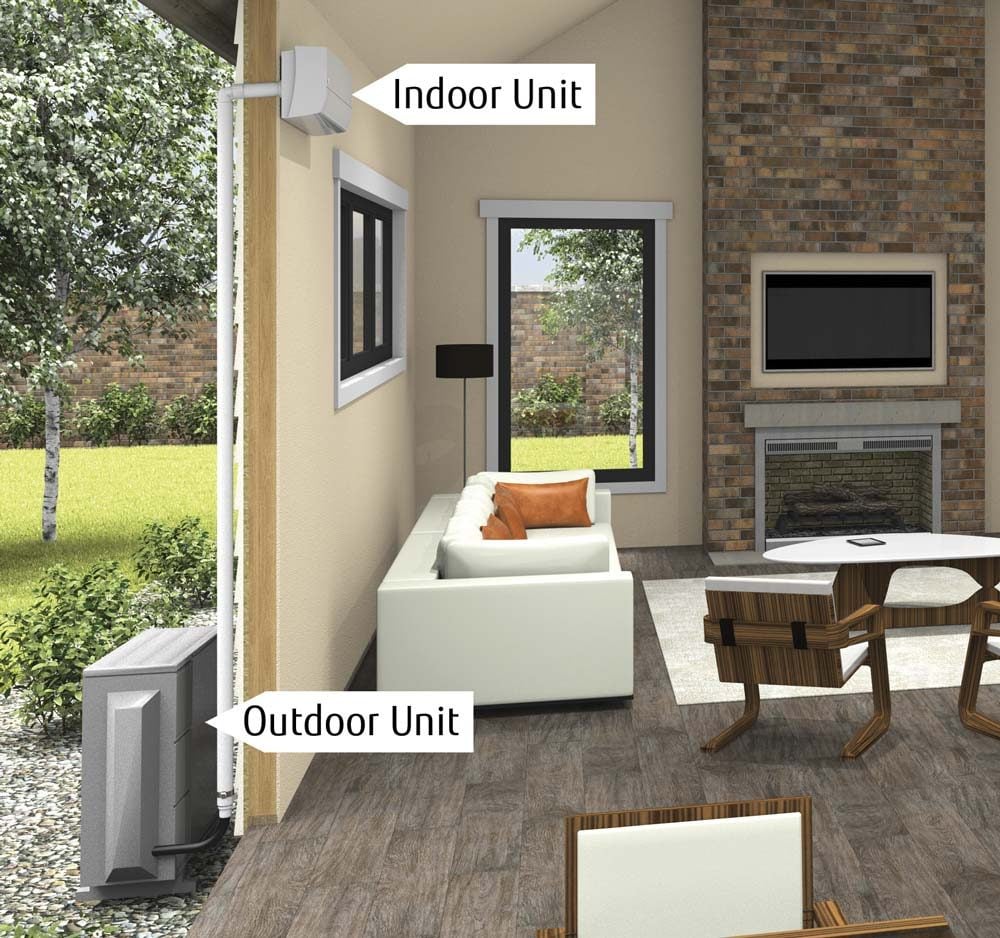
Credit: www.familyhandyman.com
Frequently Asked Questions
Where Should You Not Install A Mini-split?
Do not install a mini-split in direct sunlight, near heat sources, in dusty areas, near flammable gases, or in confined spaces.
Does A Mini-split Compressor Have To Be Outside?
Yes, a mini-split compressor must be outside. It ensures proper heat exchange and efficient system operation.
Do Mini Split Air Conditioners Have To Be On An Outside Wall?
No, mini split air conditioners do not have to be on an outside wall. They can be installed on interior walls.
Conclusion
A mini split can be an excellent choice for a basement. It offers efficient cooling and heating. Installation is straightforward and cost-effective. Ensure proper placement for optimal performance. Consult a professional to avoid common pitfalls. This can enhance your basement’s comfort and utility.


